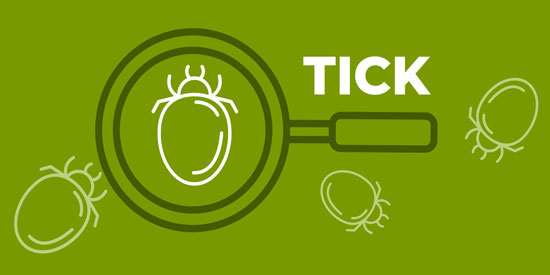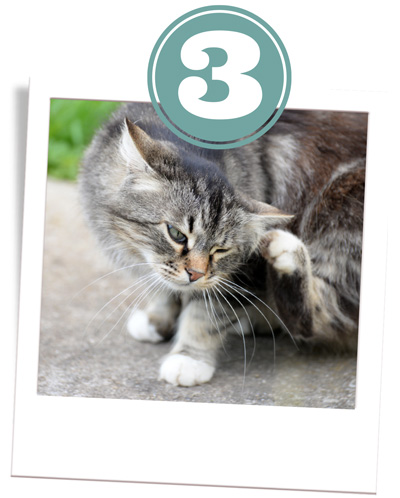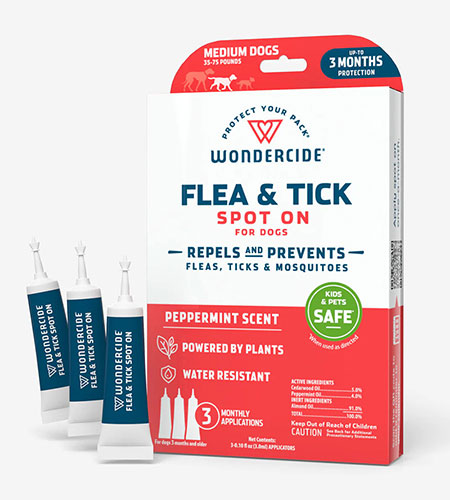Shop Now - Curbside Pickup


Fleas and ticks are two of the most frequent pet care concerns in America. Fleas and ticks can be found in every region in the US. While prevention is the best defense against these parasites, it’s important to be able to recognize the signs and symptoms of fleas and ticks so you can help your pets if necessary.

Are you noticing your pet scratching, biting, and chewing their fur to relieve the itching and creepy-crawly sensation caused by fleas and ticks? Getting rid of these pests for the long haul can be frustrating. Compounding the problem are other illnesses, some severe, that are associated with flea and tick bites on animals such as cats and dogs. We can help. Stop by one of our stores today to discuss prevention and treatment.




It is very important to never use tick/flea medicine intended
for dogs on cats.
Fleas are most commonly noticed on a dog’s abdomen, the base of the tail and the head. Common symptoms of fleas on dogs include:


Causes of Fleas
Flea Complications

Flea Treatment
A treatment plan may include the following:
Ticks are parasites that feed on the blood of unlucky host animals, such as cats and dogs. Like mites and spiders, ticks are arachnids. Although their presence may not even be noticed by the host, ticks can transmit many diseases through their bite.


Complications Associated with Ticks





Ensure a tick-free lawn by mowing it regularly, removing tall weeds and making it inhospitable to rodents by keeping garbage covered and inaccessible.

Use a flea comb on your pet and wash his bedding once a week.

Keep the outside of your house free of organic debris, such as rake clippings and leaves, and remember that fleas like to hide in dark, moist, shady areas.






There are many preventative flea control products available, both as prescription and over-the-counter formulas.
Many of the same products on the market that treat fleas also kill ticks and prevent against future infestation. Stop by your local store to discuss the best products to prevent fleas and ticks from becoming an issue today.